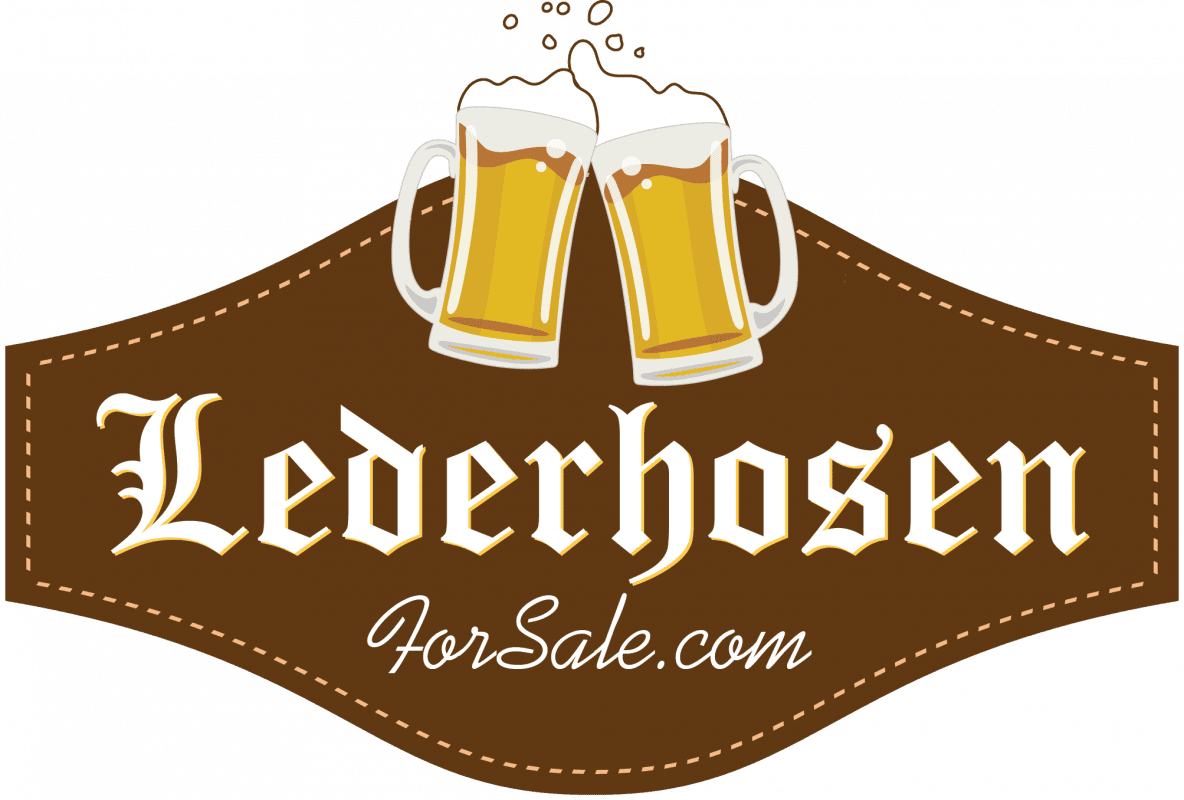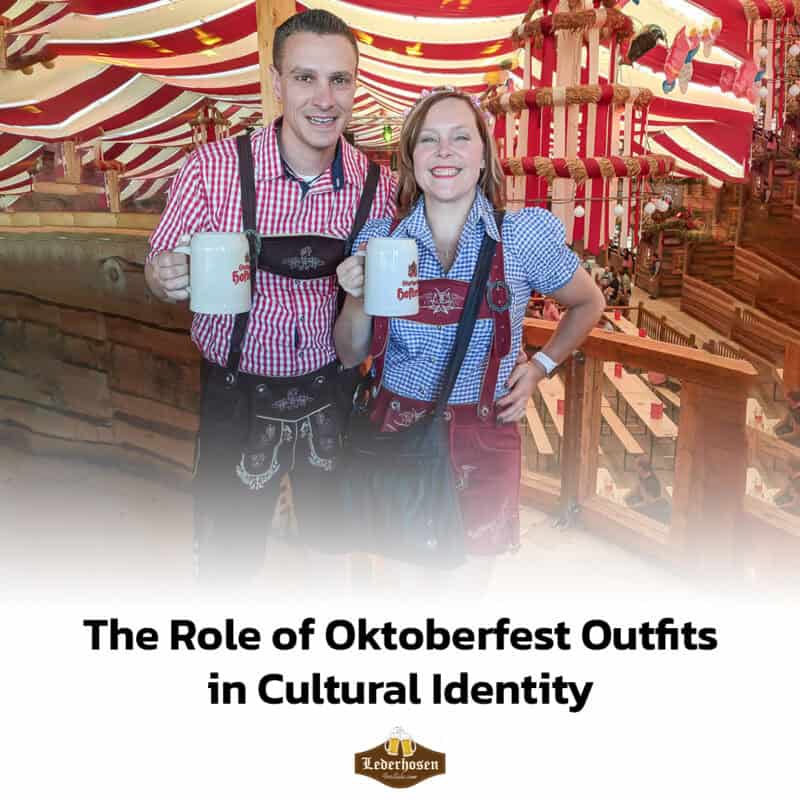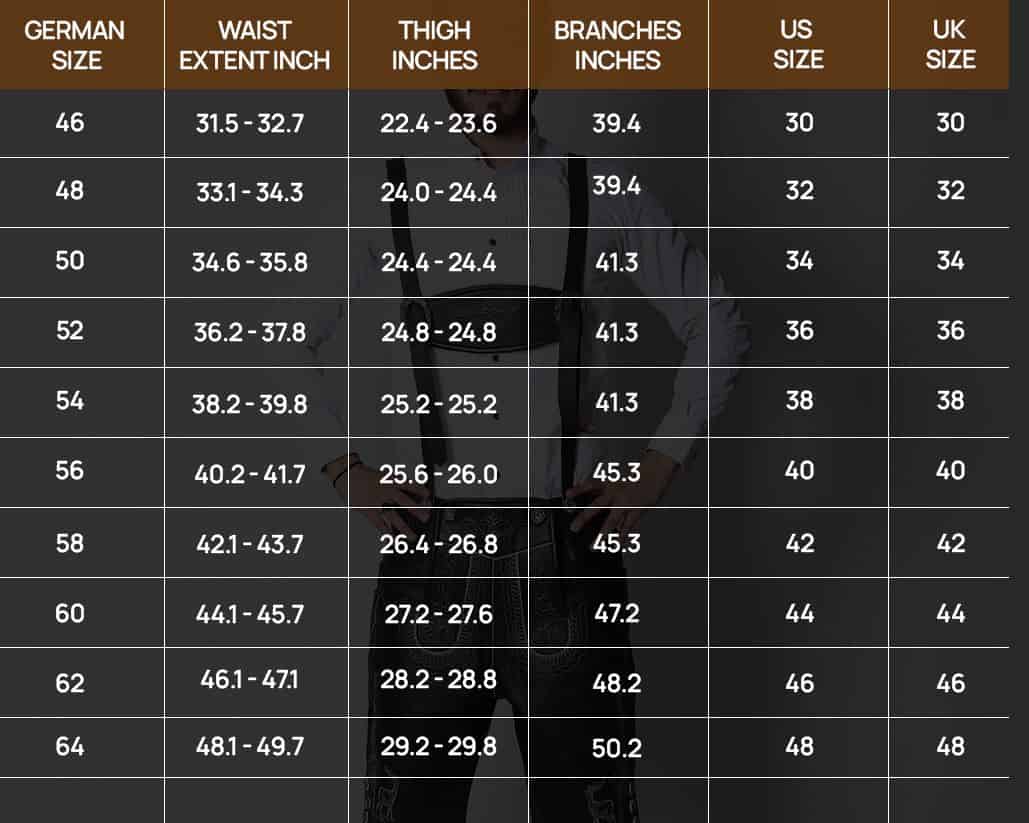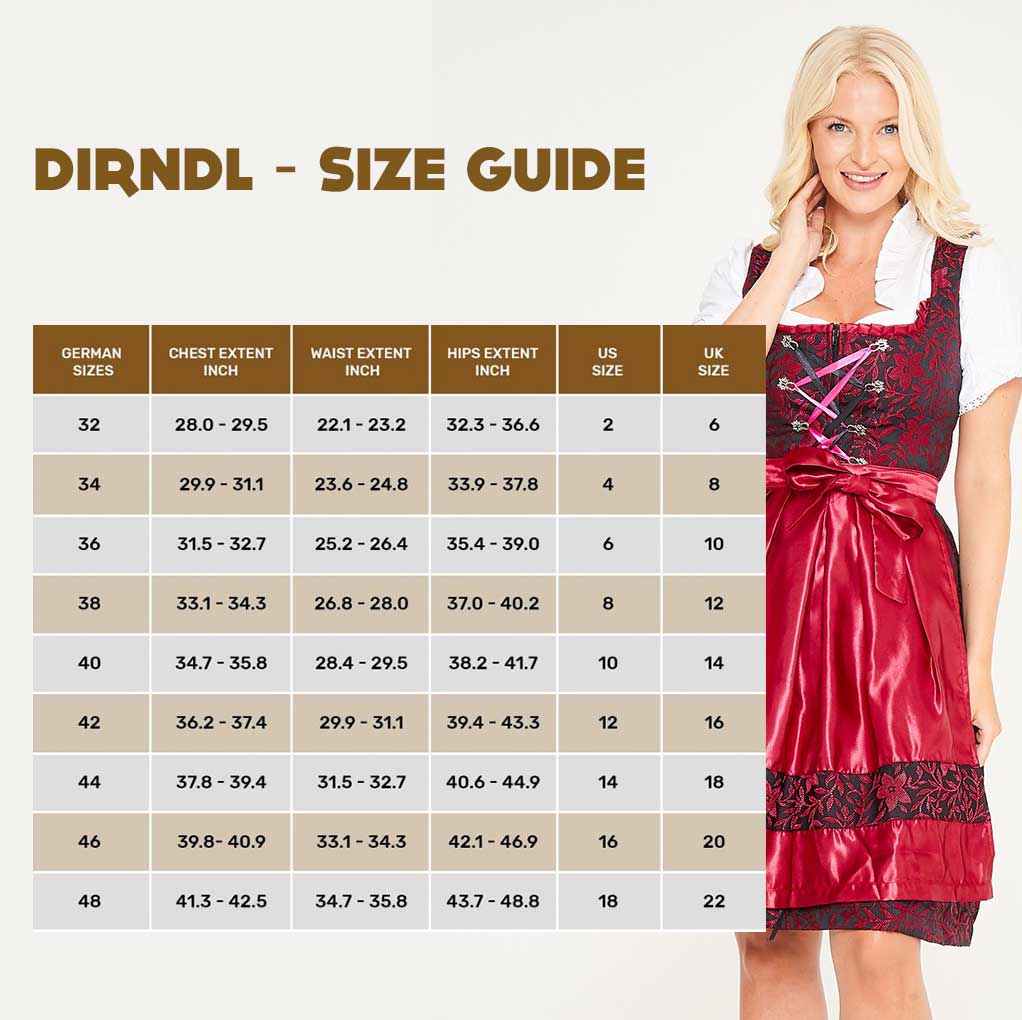Dirndl, Lederhosen, Style
The Role of Oktoberfest Outfits in Cultural Identity
Oktoberfest, the world’s largest beer festival, is not just about beer and pretzels. It’s a vibrant celebration of Bavarian culture, where traditional Oktoberfest outfits play a pivotal role in shaping the event’s unique identity. In this article, we’ll dive deep into the significance of Oktoberfest outfits, especially lederhosen and dirndls, in preserving and celebrating cultural heritage. We’ll explore how these garments have transcended time and fashion to become symbols of Bavarian pride and tradition.
Table of Contents
The Heritage of Lederhosen and Dirndls
Oktoberfest outfits like lederhosen and dirndls have a long history rooted in Bavarian culture. Lederhosen, leather shorts with decorative suspenders, originated as practical workwear for farmers and laborers who needed durable outfits. Over time, leather-making guilds transformed these shorts into elaborately decorated garments. Dirndls, bodice dresses with full skirts, emerged in the 19th century as a conservative alternative to extravagant French fashion. Though originally a servant’s uniform, the style gained popularity across classes. Both Oktoberfest outfits evolved from humble origins into cultural icons.
Oktoberfest as a Cultural Showcase
At Oktoberfest, lederhosen and dirndls take center stage. Over six million attendees flock to the Munich festival each year, dressed in traditional garb to celebrate Bavarian heritage. In the rowdy beer tents, men don leather shorts paired with checkered shirts, knee socks, and hats with feathers. Women sport elegant dirndls with aprons, blouses, and hair ribbons in lively colors and prints. Far from being costumes, these Oktoberfest outfits allow attendees to embody regional pride. Locals and tourists alike embrace the styles as authentic expressions of cultural identity.
The Symbolism of Lederhosen and Dirndls
More than just clothing, Oktoberfest outfits, specifically Lederhosen and Dirndls, are embedded with symbolic meaning. Lederhosen designs reflect traditions like embroidery associated with specific towns. Intricate details reference motifs like wheat and leaves that connect to rural life. Dirndls use colors and silhouettes to indicate a woman’s relationship status and region. Ribbons tied in bows on the front convey coded messages. By deciphering these symbols, wearers bind themselves to Bavarian heritage and customs. The Oktoberfest outfits preserve cultural history through timeless design elements.
Modern Interpretations of Oktoberfest Outfits
While remaining true to tradition, Oktoberfest outfits have evolved to suit modern tastes. Contemporary versions breathe new life into classic silhouettes with shorter hemlines, fitted shapes, vibrant colors, and inventive details. Designers combine traditional elements like embroidered flowers with stylish touches like leather jackets. The Oktoberfest outfits seamlessly fuse old and new into fresh takes on Bavarian style. This balance of preserving heritage while adapting to today lets the outfits resonate across generations.
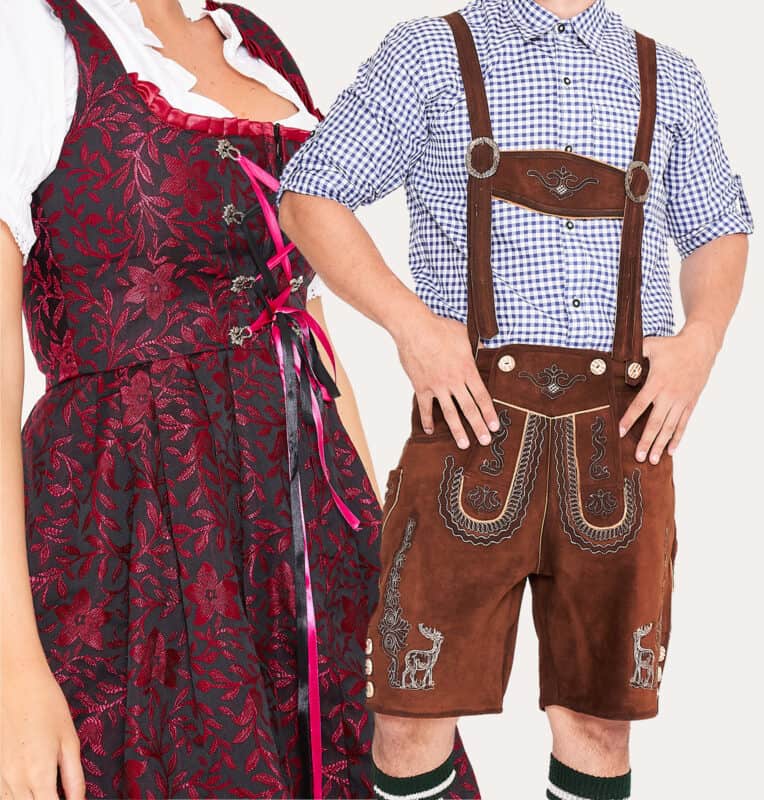
Oktoberfest: A Global Celebration
As Oktoberfest has expanded globally, the festival’s characteristic outfits have too. Over 200 Oktoberfest celebrations take place worldwide in diverse locales like Brazil, Canada, Japan, and Namibia. Attendees embrace these Oktoberfest outfits as a universal symbol of revelry. However, regional twists reflect local cultures, from dirndls in national colors to lederhosen bearing folk motifs. Global Oktoberfest’s let people locally interpret tradition, highlighting how cultural symbols transform across borders. As lederhosen and dirndls spread internationally, their meanings multiply to represent both Bavarian and global heritage.
Oktoberfest outfits are more than just attire; it’s a bridge between past and present, tradition and modernity, and Bavaria and the world. Whether you’re donning lederhosen or a dirndl, these garments symbolize cultural pride and the enduring spirit of celebration. As you raise your stein at the next Oktoberfest, remember that you’re not just wearing outfits; you’re wearing a piece of history and embracing a vibrant cultural identity. Lederhosen, dirndls, and Oktoberfest unite people worldwide through shared traditions while allowing for diverse local expressions. So, prost! Let the revelry in traditional garb continue for generations to come.
